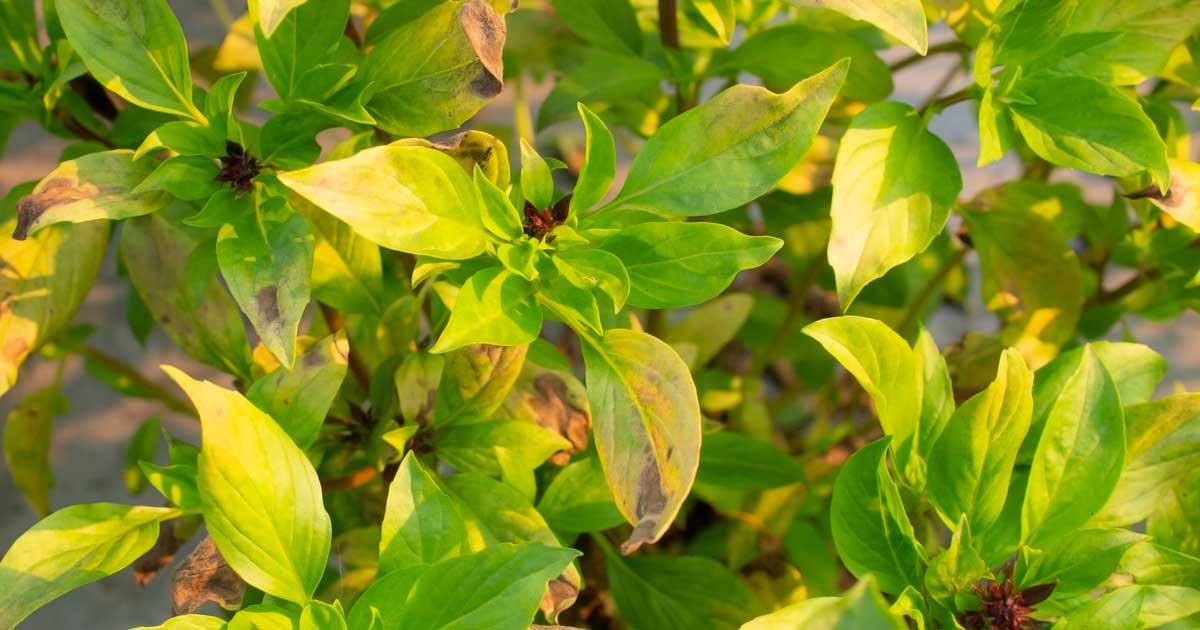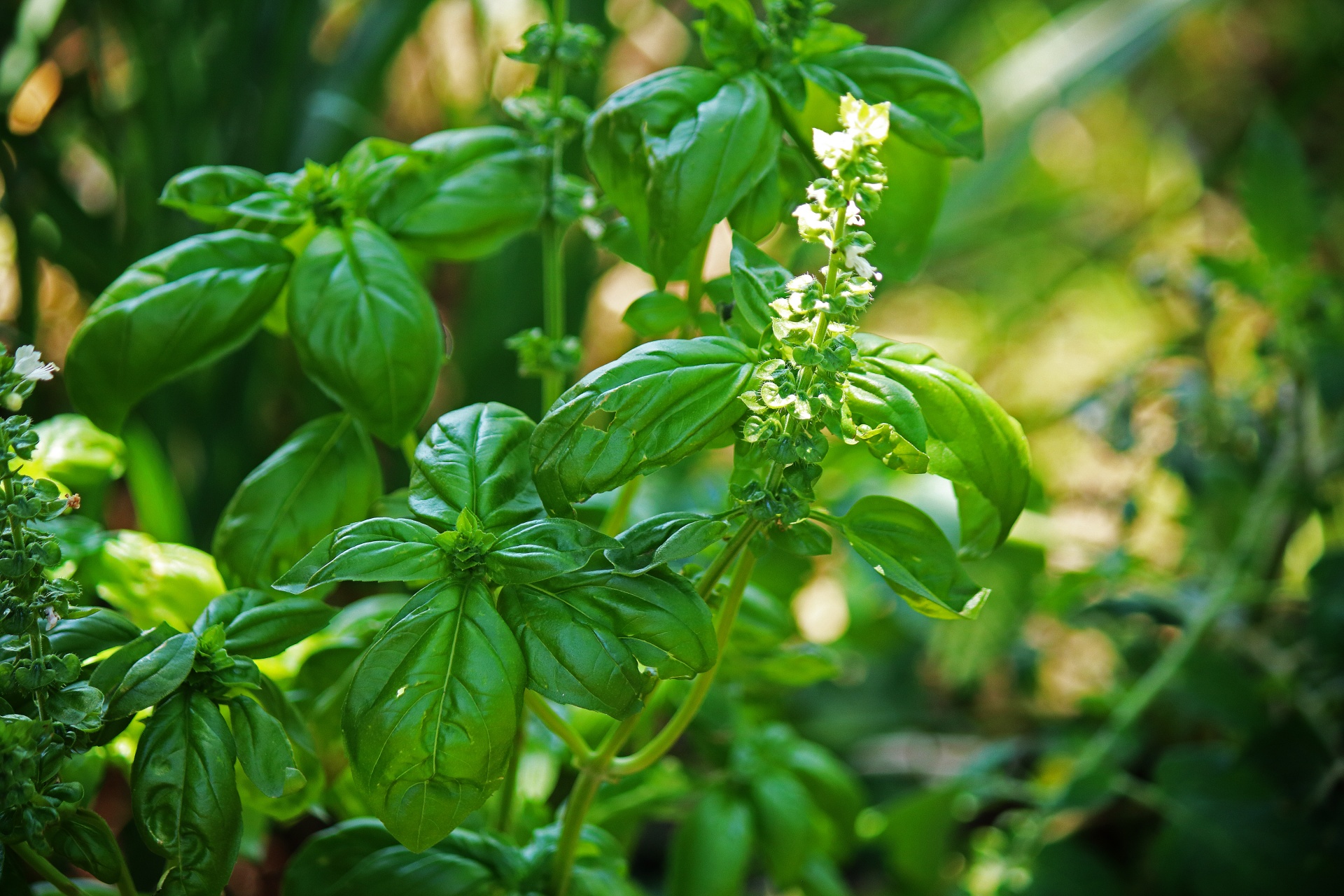A vibrant green basil plant can be the crown jewel of any garden or windowsill herb display. But over time, you may notice those verdant leaves taking on a yellowish cast and looking distressed. This leaf yellowing signifies that your basil plant is stressed and likely suffering nutrient deficiencies. Don’t let your basil fade away just yet! Read on to learn the most common reasons for yellow basil leaves and what you can do to nurse your herb back to health.
Overwatering Is the Most Common Culprit
Excess moisture around the roots is one of the fastest ways to make basil leaves turn yellow. Basil prefers its soil to dry out slightly between waterings.
Too much water suffocates the roots, limiting their access to vital oxygen. Check if you’re overwatering. It should feel barely moist or almost dry about 1 inch below the surface before watering again.
If excess moisture is the issue, hold off watering until the soil dries out. And make sure your container has enough drainage holes on the bottom so water doesn’t pool up.
Underwatering Can Also Cause Problems
While overwatering is more common, underwatering will make your basil wilt and yellow too.
Basil needs consistently moist soil to thrive. If you forget to water for too long, allowing the soil to completely dry out for days at a time, drought stress can set in.
Check if underwatering is the issue by again feeling the soil. If it’s bone dry more than 1 inch down even right after watering, increase your watering frequency. Basil prefers frequent but light waterings.
Insufficient Light Makes Basil Fade
In their native Mediterranean climate, basil plants soak up tons of sunshine. Not receiving enough light is another common reason you might see yellow leaves.
Without those bright rays, basil lacks the energy to produce enough green-hued chlorophyll.
If possible, transfer your struggling plant to the sunniest indoor spot you can find, like a south-facing window.
Turn the pot every few days so all sides get exposure. Outdoors, make sure your basil receives at least 6 hours of direct sun daily.
Nutrient Deficiencies Must Be Corrected
Even with perfect moisture and sunlight conditions, a basil plant missing key nutrients in the soil can start to yellow.
Nitrogen, iron, magnesium, and manganese deficiencies are often to blame. Without these essential elements available at the roots, leaves cannot stay vibrant.
First check that your potting mix or garden soil is designed to support vegetables and herbs. It should have a blend of organic matter like compost to feed plants over time.
Mix in a balanced fertilizer or compost tea every 2-3 weeks throughout basil’s active growing season to provide a nutrient boost.
See also : what does potassium do for plants
Cold Temperatures Are Another Stress Factor
As a warmth-loving plant, basil does not take well to chilly temperatures. Prolonged exposure to anything below 50°F can make the leaves curl up, wilt, spot, or turn yellow.
Nighttime windowsill temperatures, sudden cold snaps outside, and blasting A/C may shock your plant’s system.
Insect Infestations And Diseases Must Be Managed
Fungal diseases like fusarium wilt and insect pests like aphids can also make basil leaves yellow. Check closely for any signs of spots, holes, webbing, eggs, larvae, or bugs on both leaf surfaces and stems. Treat any infections or invaders promptly to limit spreading damage.
Common remedies include horticultural soaps and oils to smother soft-bodied insects, organic fungicides like neem oil, or chemical pest control products. Always follow label directions carefully. Severely infected plants should be removed and destroyed.
Conclusion
Reviving an ailing basil plant may simply take a little patience and TLC. But if all else fails, take comfort in knowing that fresh batches of this popular, aromatic herb are never far from reach. With the right growing conditions and attentive care, you’ll be harvesting heaping piles of vivid green leaves all season long.



